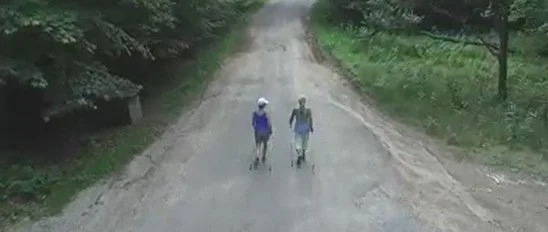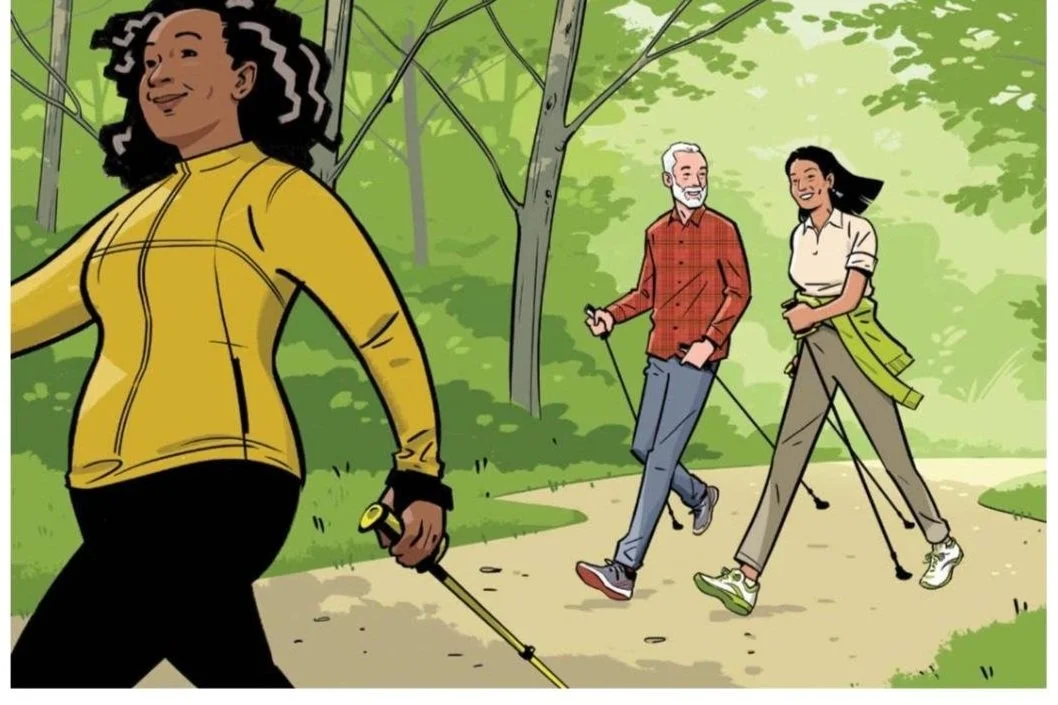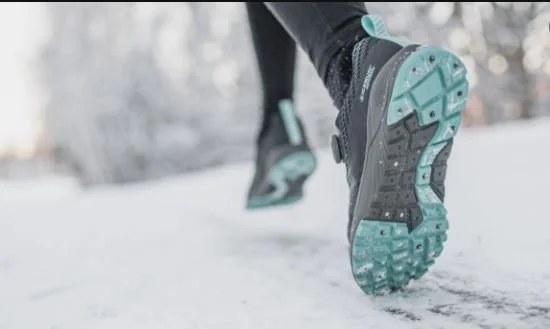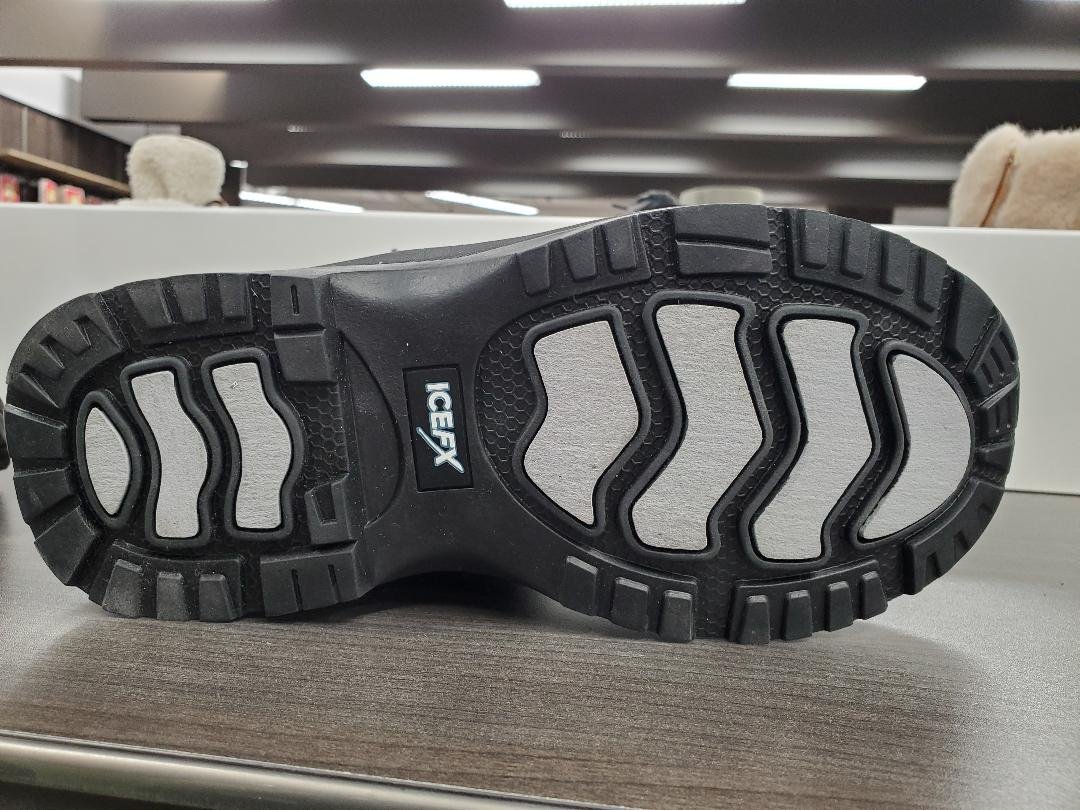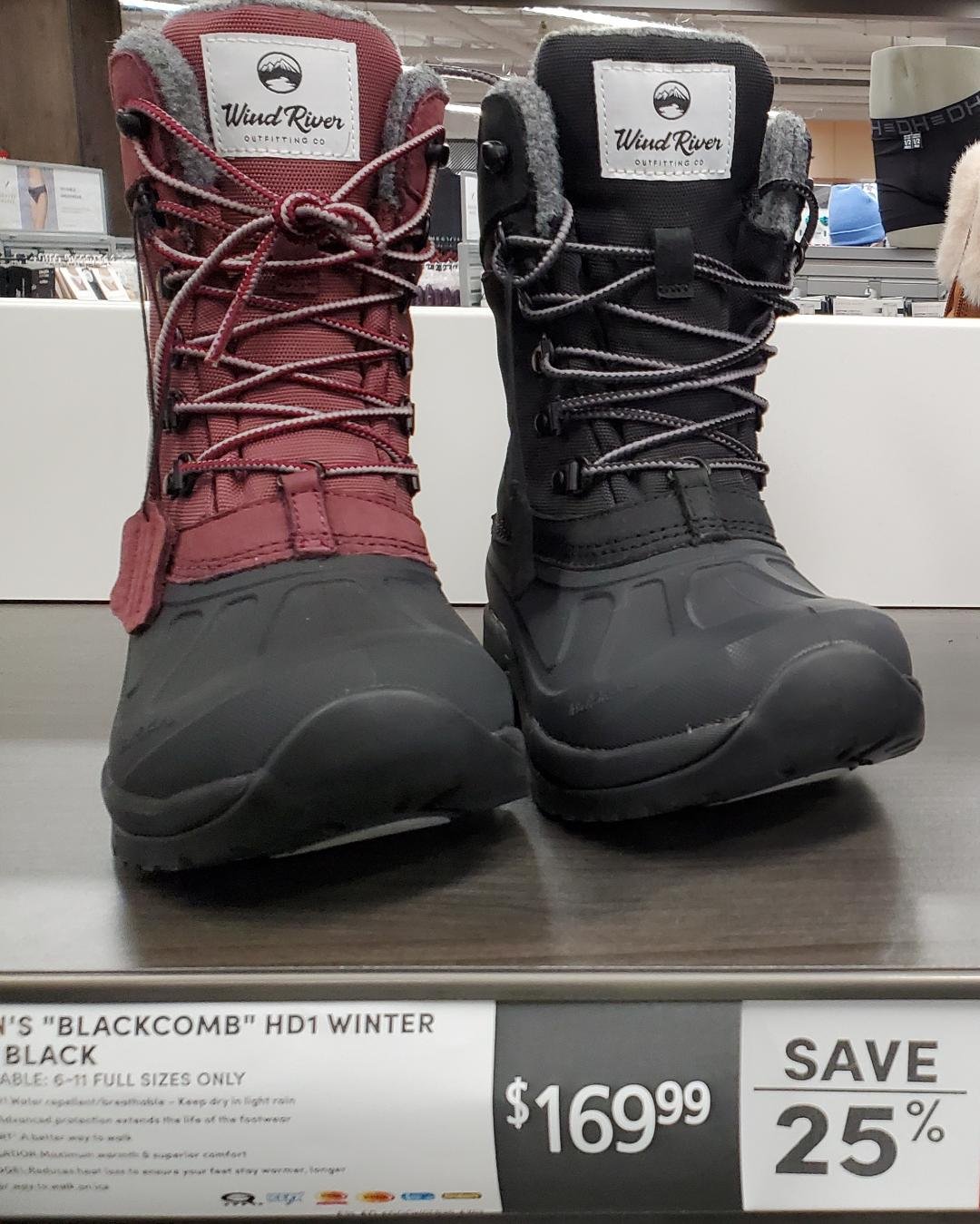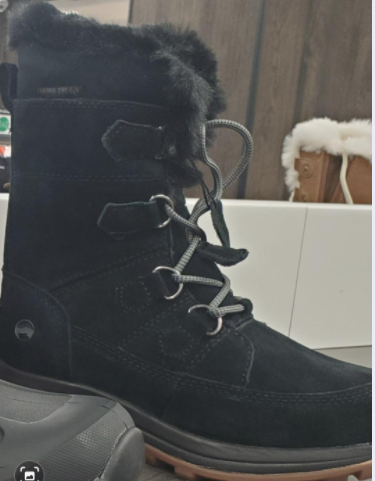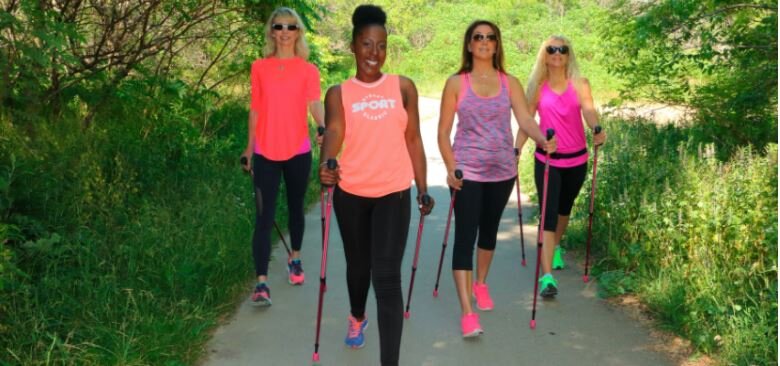Movement Changes Your Mood
Active Living with Arthritis: Urban Poling to the Rescue!
Nordic Walking/Urban Poling in Action (video)
A Chat with Cari (video)
21 Essential Things You Must Know Before Starting Nordic Walking
It's not hiking!
Nordic walking poles aren’t the same as hiking poles!
You can use your Nordic walking poles for hiking (confusing, I know).
It's easy to learn, but not that easy. It’s challenging enough to make it interesting, but not so tricky that it’s frustrating.
It's not just for women.
It's not just for seniors.
You'll need a lesson (or two or three) if you want to reap all the benefits.
The purpose of the poles is to super-charge standard walking not to provide assistance with balance.
It will quickly become obvious if you are right- or left-handed. With a bit of time your non-dominant arm will catch up.
You can do it in all seasons.
You'll heat up, so don't overdress.
You need to constantly keep your arms straight.
Your hamstrings and upper body will need a good stretch afterward.
Once you get moving and catch the rhythm, it can be hard to stop.
There are Nordic walking poles with straps/gloves and also strapless poles (my preference), but it’s all Nordic walking and all good.
You'll pick up the technique more quickly if you’re a cross-country skier or have marching-on-parade military experience.
It's the perfect activity to continue with as you age.
To modify the intensity, simply move faster or move slower.
Shouting, "You forgot your skis!" to Nordic walkers isn't very original at all.
When travelling by plane, your poles need to go in your checked luggage. Or you can walk through security using them as a walking device.
Like most things in life, you get what you pay for. Quality Nordic walking poles cost $100+, last for a lifetime, and will do their part to help you reach your health and fitness goals.
Nordic Walking 2021-2023 (video)!
How to Keep Exercising Through Winter's Ice, Slush & Snow
Good News About Walking and Dementia
The Guardian reports in its September 2022 article, “Step on it! Walking is good for health but walking faster is even better,” that "how fast you walk could be just as important for your health as how many steps you take."
A study with 78,500 UK adults found that by walking 10,000 steps a day "you could lower your risk of dementia by about 50 percent, and for cardiovascular disease and cancer, you’d be lowering it between 30 to 40 percent. Walking faster is even better for all outcomes - dementia, heart disease, cancer and death."
They also point out that "The first 5,000 steps does much more good than the next 5,000 steps and so on" - and if the first unit gives you one unit of good, the next unit is another half unit of good."
After you've hit the 10,000 step mark you may get fitter and feel even better but it won't guarantee better outcomes. The sweet spot is 10,000 steps.
Want A Healthier, Easier Workout? Look To Finland For The Answer
Urban Poling on CBC Radio
The interest in Nordic walking continues to be high as more people discover its multiple benefits: full-body workout, low stress to hips and knees, upper body and core conditioning, and more.
CBC journalist Antonia Reed, runner-turned-Nordic-walker, speaks to me and University of Ottawa researchers in this comprehensive interview. You can listen here!
Renaissance Magazine: Your Guide to Nordic Walking
Why Your Doctor Wants You to Nordic Walk
There is good news about Nordic walking everywhere! And one of its biggest supporters is the medical community.
Many doctors and health care providers are no longer just recommending that their patients improve their health by walking—they’re also encouraging them to practise Nordic walking.
Check out this article that I wrote on the subject for Zoomer magazine.
Test Drive #2 : Icebugs High Traction Shoes
Winter Nordic Walking - Interview with Mandy Johnson
Nordic Walking Zoom Presentation: Saturday, January 22, 1pm EST
The international Tour De Friends Nordic Walking Facebook Group has asked me to present my best tips, tricks and advice for new and experienced Nordic walkers. The 30-minute talk will finish with a short Q & A session. Hope you can make it!
TOPIC: Nordic Walking Tips, Tricks & Troubleshooting with Barb Gormley
DATE: Saturday, January 22, 2022
TIME: 1:00 PM EST (US and Canada)
Nordic Walking/Hiking Etiquette: 12 Rules to Keep in Mind
When walking on a trail/footpath, stay to the right. When walking on a road shared with cars and bikes (e.g., Mount Pleasant Cemetery, Toronto) stay to the left, even if it’s not busy.
It’s often a good idea to hold your poles still when encountering dogs. Some are afraid of swinging arms with poles, and they may react badly.
When going up or down a staircase with Nordic walking poles, put both poles in one hand and hold the railing with your other hand (or hover your hand over it if you’re moving fast). In the event of a stumble, your railing hand will stabilize you or you’ll have a hand free to grab the railing.
When walkers who are going uphill meet walkers coming downhill on a narrow trail, those climbing uphill have the right of way. Walkers coming downhill should stop and step aside to allow for passing.
When passing other walkers travelling the same direction on a narrow trail, call out, “Passing on your left please,” or something similar. Walkers being passed should step as far to the side as possible.
Never swing the tips of your poles up in the air behind you (for example, if you’re crossing a road to re-enter a trail). They may be a hazard to the person walking behind you. Instead, keep your poles vertical until you can resume your Nordic walking technique.
Be friendly and courteous to other walkers! Smiles, “good mornings” and light chitchat as you pass others help to brighten everyone’s day.
Respect the peace and quiet of nature and the privacy of people living along any trail. If you’re a big group, it’s early morning, and/or you’re a naturally loud talker, keep your voice low.
Leave nature in its place. Flowers, plants, pinecones, rocks and sticks all provide habitats and/or nourishment for wildlife.
Leave no trace of your visit. Did you know it takes up to two years for an orange peel to decompose?
Leave the trail cleaner than when you found it. If possible, take along a plastic bag to collect garbage you encounter.
Observe wild animals from a distance and, of course, never feed them.
Happy poling!
Don't Fall for the Wrong Winter Boots!
UPDATE December 2021:
See my Icebugs review here. These are now my #1 choice for boots. (Also check out this Icebugs review by Ottawa physiotherapist/Nordic walker Margaret Martin.)
According to a friend who contacted the Toronto Rehab researchers (see info below), Icebugs were tested and passed its tests, but for some unknown reason they aren’t included in its reports.
______________________
Winter is a fantastic time for outdoor exercise. But slipping on a patch of ice is everyone’s nightmare. Until now, finding reliable footwear to keep you upright on ice has been a challenge; there’s no way to tell in the store just how grippy the soles will be.
Fortunately, Toronto Rehab’s recently created WinterLab has developed a “snowflake” system that rates winter boots for the amount of traction they provide on ice.
Check out this very interesting episode of CBC’s Marketplace to see boot testers in harnesses slipping and sliding on the WinterLab’s icy test floor.
Their basic findings are shocking: only eight percent of the 98 boots they tested (brands that you likely own or are familiar with) met their minimum slip resistance standards.
You can see the results in chart form at www.ratemytreads.com.
Two of the few boots that passed their tests are made by Wind River, sold at Mark’s. I went to Mark’s today, and the staff people were very helpful. Here’s what I learned:
Two non-slip boot options (according to the WinterLab findings) are the Wind River Ice Queen (I bought these, see far right image) and the Wind River Blackcomb (black or burgundy, see middle image).
Look for the ICEFX logo on the bottom of their soles (see left image). This is what will keep you on your feet. The Ice Queens also have tiny metal shards, so Mark’s says these are the best of the two. I'll wear these for standard walking, but I’m thinking they might be a bit heavy for Nordic walking? But maybe not. You may have to order online. These boots were selling like hotcakes when I was in the store.
Several of my Nordic walkers recommend Olang and Anfibio boots, which have retractable grips. But some complain that flipping out the grips isn’t always easy; some require a special small tool.
An economical option is to add icers/grips/traction devices over your current hiking shoes/boots. Be sure to take your shoes/boots to the store to get the right fit. The icers need to be easy to stretch on but tight enough that they don't shift or fall off. Find these at any outdoor gear store or running shop.
I find that the ones with small "flat tacks" on the soles work best. They are light and allow you to walk on both wintery surfaces and bare sidewalks.
It’s very important that they are so light that you forget you're wearing them. I find that some designs, such as the popular Yaktrax, are heavy and cumbersome and can be noisy and slippery on non-snow/ice surfaces.
Wishing you a safe and wonderful winter!




